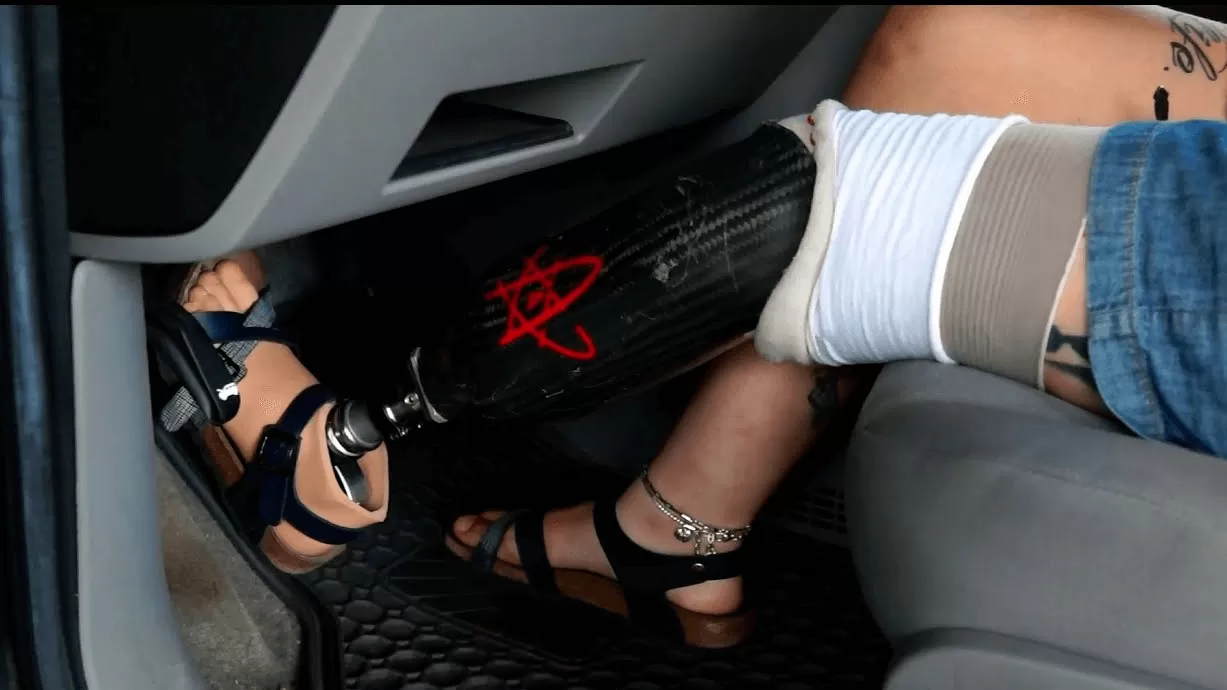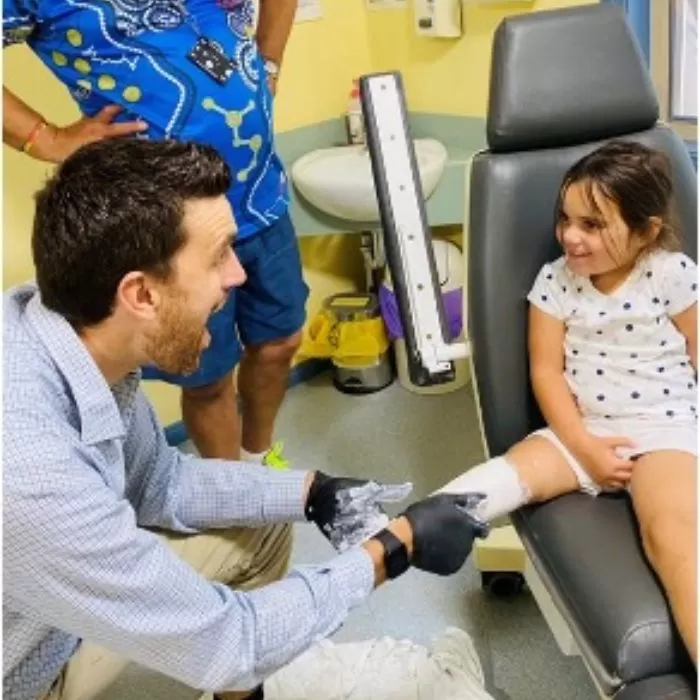

A prosthetic leg can benefit individuals who have experienced limb loss due to:
For many, a prosthetic leg is more than just a replacement limb – its a tool for enhancing quality of life, mobility, and supporting daily activities. Your limb along with your life and goals will change overtime, and that’s okay. We are here to adapt with you. If you are considering trying something new and have noticed changes in your limb or body, talk to your prosthetist. We’ll work alongside you to adjust and support you as you navigate these changes.
Whether you’re pursuing an active lifestyle or using a prosthetic leg primarily for transfers, using a prosthesis takes determination and effort. Walking, sitting and standing with a prosthesis requires more energy and concentration compared to those without limb loss. But don’t let that deter you! Our team collaborates with physiotherapists and/or occupational therapists (OT’s) to ensure you are strong, confident and capable of doing everything you want with your prosthetic leg. We continuously review and will adjust your prosthetic prescription as your abilities and goals evolve.
See how we work with a multidisciplinary team (MDT) and other support services to help you get where you want to be!
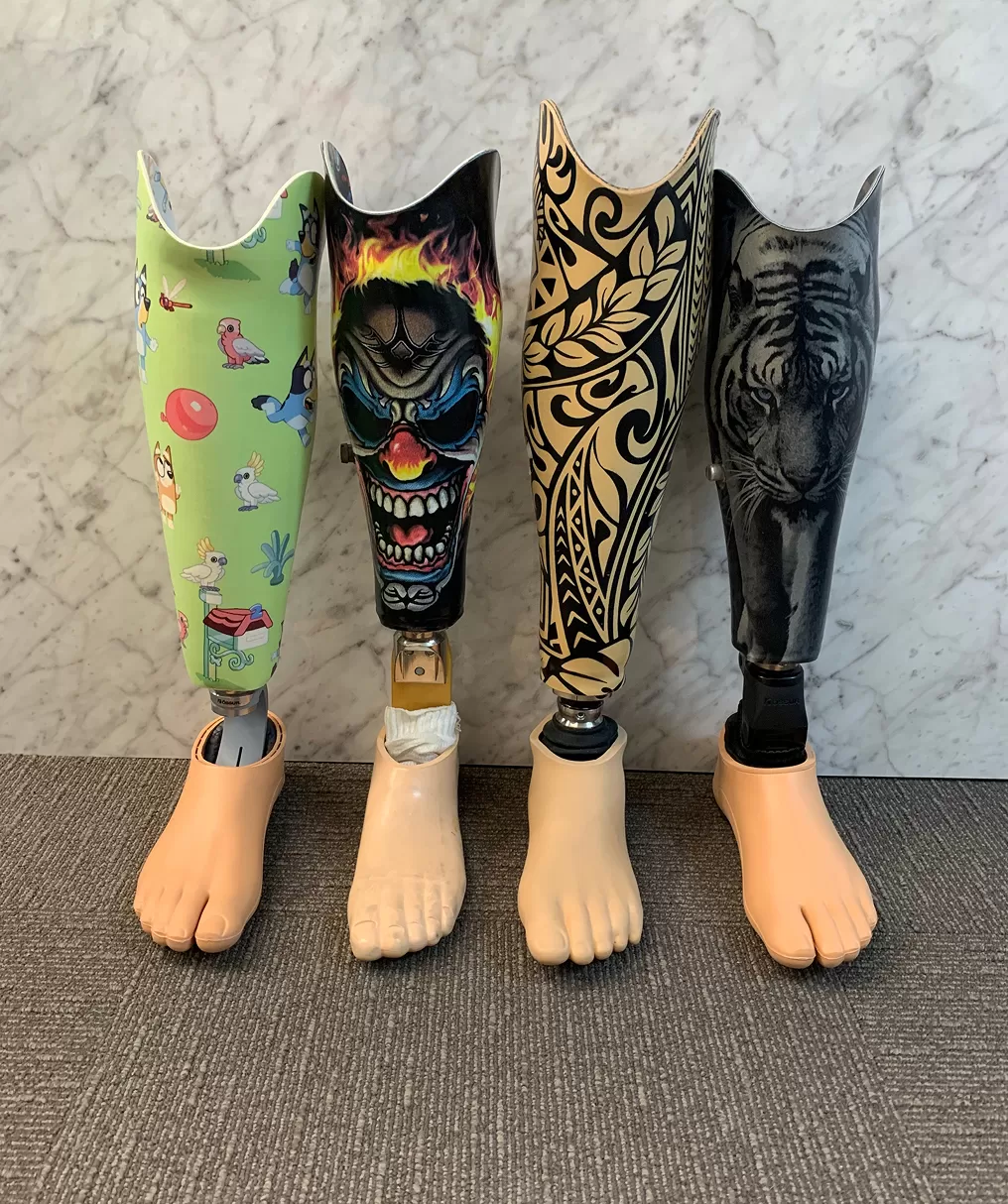
There are two main categories of prosthetic legs depending on whether you need above knee (transfemoral) or below the knee (transtibial) devices.
Examples of what a prosthetic leg types could look like:
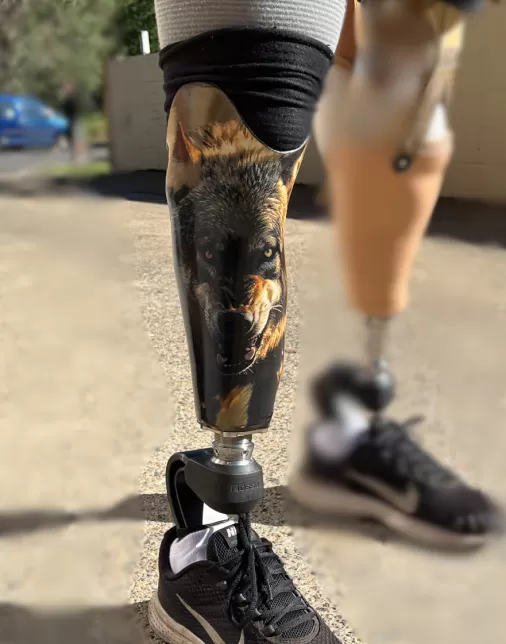

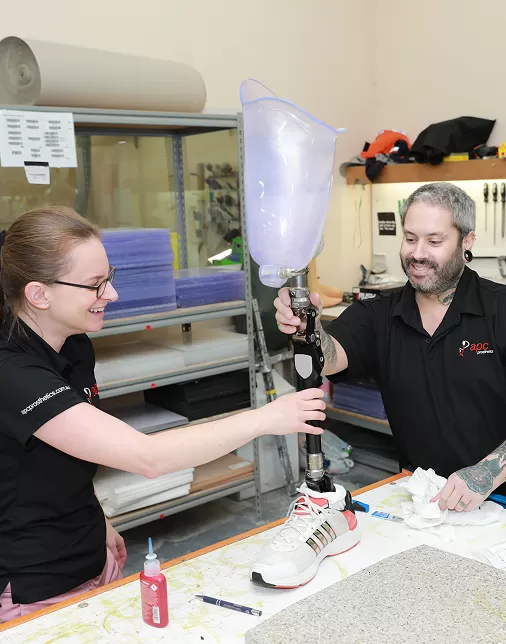
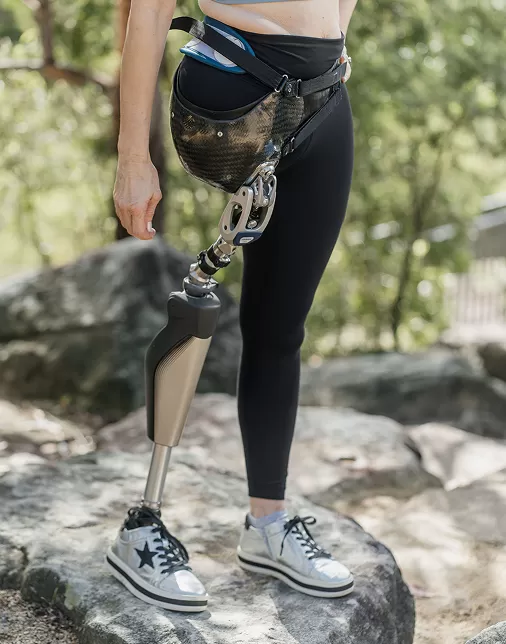

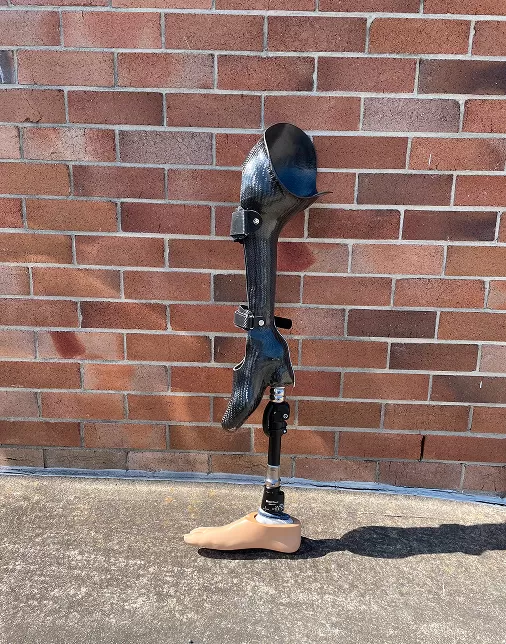
Let’s take a closer look at Types of Prosthetic Legs and locate your level of amputation/limb difference and uncover more information. Talk to your prosthetist if you have specific activities or movements that you can’t do with your prosthesis, as you may need a specialty prosthesis.


